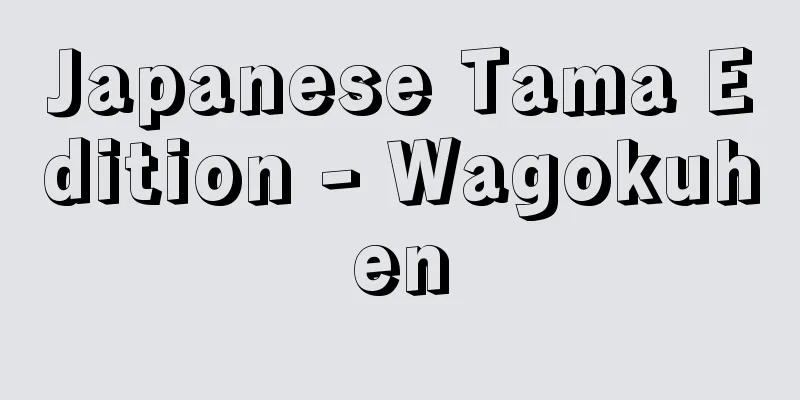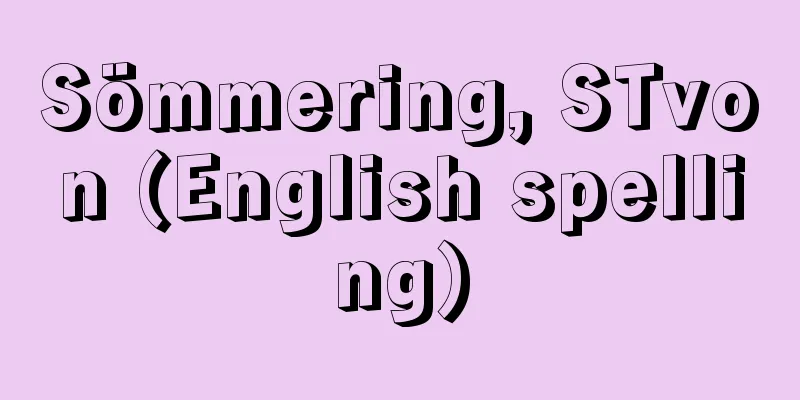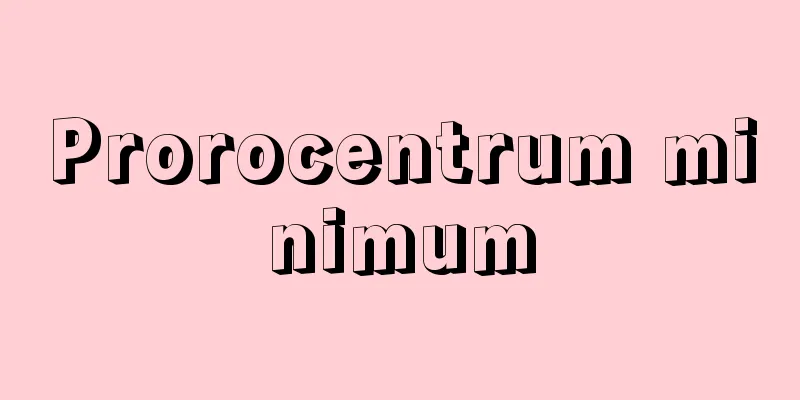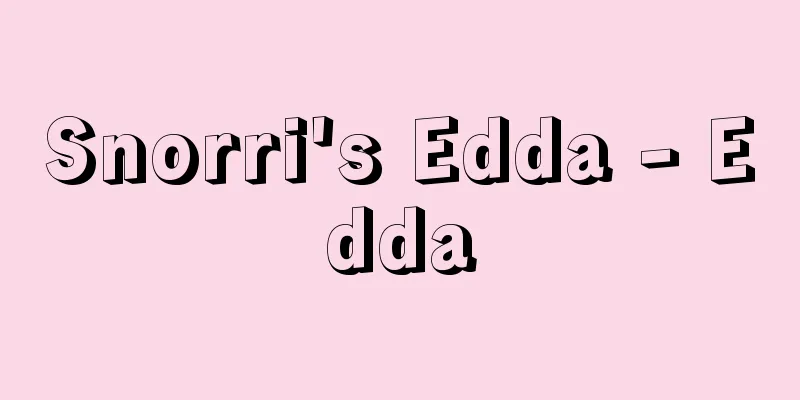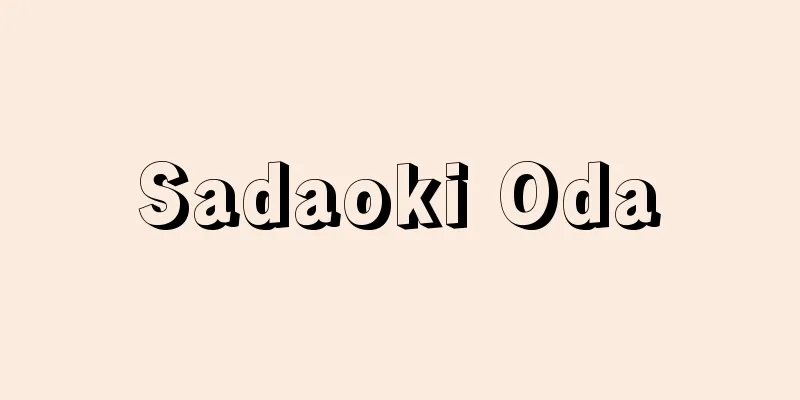Otogi Bunko - Fairy Tale Library

|
In the narrow sense, it refers to the 23 illustrated books published as a set in the Edo period as the Otogi Bunko. These are Bunsho Soushi, Hachikazuki, Komachi Soushi, Gososhi Shimawatari, Karaito Soushi, Kowata Kitsune, Nanakusa Soushi, Sarugenji Soushi, Monokusa Taro, Sasa Reishi, Hamaguri No Soushi, Atsumori, Twenty-four Filial Piety, Bon Tengoku, Nose Saru Soushi, Neko No Soushi, Hamade Soushi, Izumi Shikibu, Issun-boshi, Saiki, Urashima Taro, Yokobue Soushi, and Shuten Doji. The colophon of Shuten Doji reads "Shibukawa Seiemon, Shorin, Junkei-cho, Shinsaibashi, Osaka." It is also called the Shibukawa edition. From the Sarugenji Zoushi…During the Kanbun era (1661-73) of the Edo period, Shibukawa Seiemon, a book dealer in Shinsaibashi, Osaka, selected “Ancient Interesting Stories” and published them under the title “Otogi Bunko.” This is one of the 23 stories. It was created during the Muromachi period. … From [Nara Picture Book]...Otogi-zoshi was circulated in both picture scroll and manuscript form, but most were produced commercially in the form of Yokomoto's Nara ehon, and it is safe to assume that they were mass-produced by art makers and fan shops as a commoner's version of Otogi-zoshi. The format and content of Yokomoto's Nara ehon are the so-called Shibukawa edition, Otogi Bunko, which is the 23 illustrated volumes published in the strict sense of the word. Before this Yokomoto, there was a Nara ehon that was a size larger, made of Torinoko paper and had a cloud-shaped cover. These books had conversations written into the illustrations, several lines of text intruded into the pages of the painting, and the top and bottom of the picture were divided by cloud shapes rather than mist, clearly showing that they had retained the form from the picture scrolls onwards. ... *Some of the terminology explanations that refer to "Otogi Bunko" are listed below. Source | Heibonsha World Encyclopedia 2nd Edition | Information |
|
…狭義には,江戸時代に〈御伽文庫〉としてセットで刊行された絵入刊本23編をさす。すなわち《文正さうし》《鉢かづき》《小町草紙》《御曹子島渡》《唐糸草子》《木幡(こわた)狐》《七草草紙》《猿源氏草紙》《物くさ太郎》《さゞれいし》《蛤(はまぐり)の草紙》《敦盛》《二十四孝》《梵天国》《のせ猿さうし》《猫のさうし》《浜出草紙》《和泉式部》《一寸法師》《さいき》《浦嶋太郎》《横笛草紙》《酒呑童子》がそれで,《酒呑童子》の奥付に〈大坂心斎橋順慶町 書林 渋川清右衛門〉の刊記があることから,渋川版とも呼ばれている。… 【猿源氏草紙】より…江戸時代,寛文年間(1661‐73)に大坂心斎橋の書肆渋川清右衛門が〈いにしへのおもしろき草子〉を選び,《御伽文庫》と名づけ板行した23編中の一つ。室町時代の成立。… 【奈良絵本】より…御伽草子は,絵巻でも写本のかたちでも流布したが,多くがこの横本の奈良絵本のかたちで商品としてつくられたものであり,絵屋,扇屋などで,御伽草子の庶民版として量産されたものと考えてよかろう。この横本奈良絵本の形式・内容を踏襲したのが,狭義の御伽草子,すなわち絵入刊本23編のいわゆる渋川版,御伽文庫である。この横本以前に,一まわり大きい,鳥の子紙に雲形模様の表紙の奈良絵本があり,これらには,挿絵の中に会話が書き込まれていたり,本文が数行にわたって画の丁に割り込んでいたり,画面の上下をすやり霞よりもむしろ雲形で仕切ったりしたものが見られ,絵巻以来のかたちをとどめていることを明らかにみてとれる。… ※「御伽文庫」について言及している用語解説の一部を掲載しています。 出典|株式会社平凡社世界大百科事典 第2版について | 情報 |
<<: Hypericaceae - Otogiri souka
>>: "Otogibanashi Hakata Shinori" - Otogibanashi Hakata Shinori
Recommend
Szasz, T. (English spelling)
...An ideological trend in psychiatry that emerge...
Ethische Politiek (English spelling)
…the Dutch term Ethische Politiek refers to the l...
Osaka Alkali Pollution Trial
… The first is mine and factory pollution caused ...
Pan troglodytes schweinfurthii (English spelling) Pantroglodytesschweinfurthii
…[Yukio Takahata]. … *Some of the terminology tha...
Hideko Kaburagi
…After the Association was dissolved, in 1914 he ...
Dzigan, EL (English spelling) DziganEL
...The first talkie was NVEkk's (1902-59) fil...
inert gas
...This is because the electron configuration of ...
Tattooed people in the city - Machi no Irezumimono
The title of a film based on a novel by Shin Haseg...
Oobaasagara - Oobaasagara
...The sapwood is white and wide, and is used for...
Mangosteen - Mangosteen (English spelling)
An evergreen small tree of the family Hypericacea...
Marine Corps - Kaiheitai (English spelling) Marine(s)
The military branch whose main mission is amphibi...
fishery sciences
...This is why fisheries and fisheries are someti...
Orton Rock, the Tailor-Poet
…He was once a professor of modern history at Cam...
Lapita
…The oldest pottery in Oceania, found in the sout...
Microcomputer
Abbreviated as "microcomputer." An ultra...
